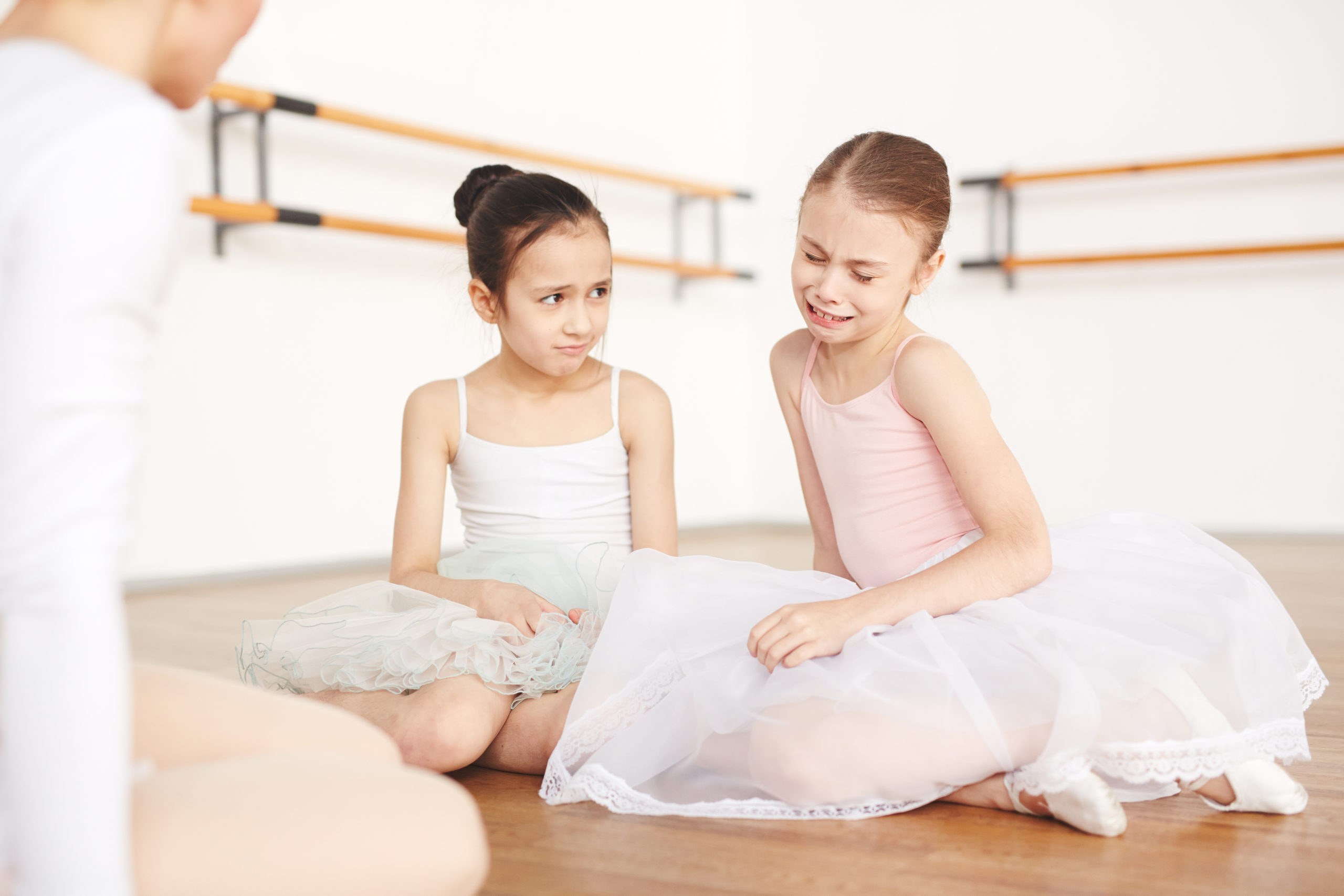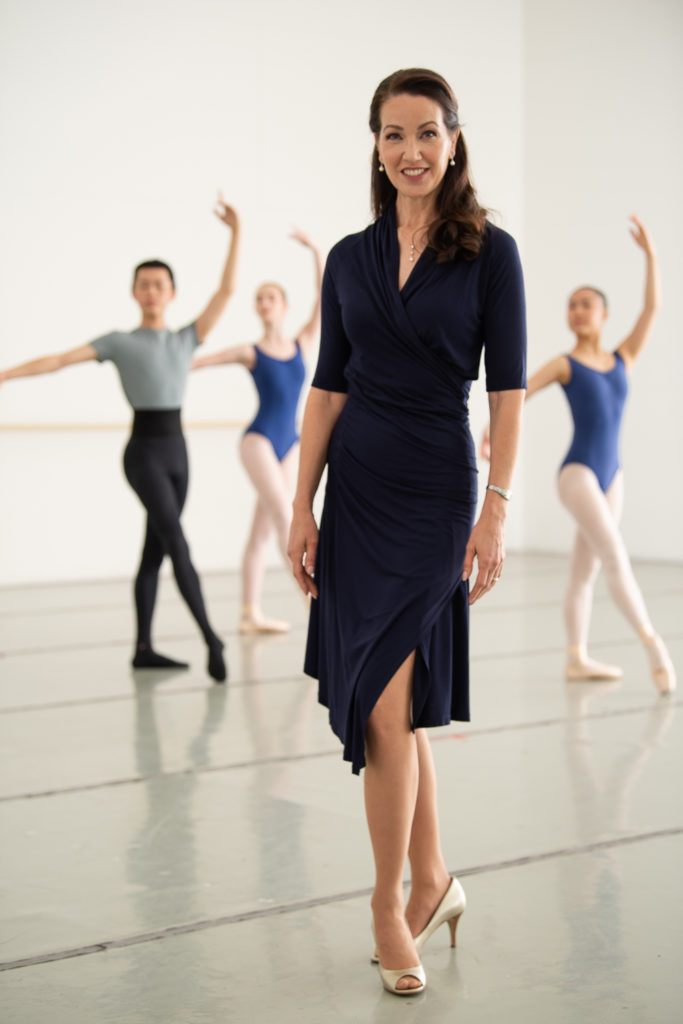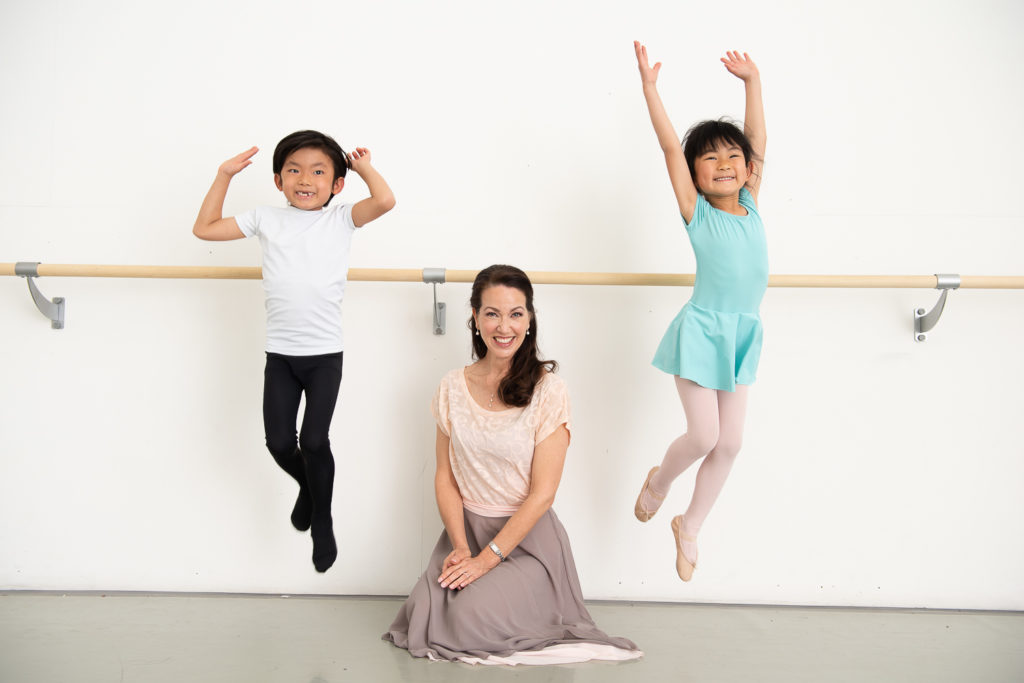
For the past two years, we have lived in a time of tremendous loss. As a result of the COVID-19 pandemic, young dancers are more likely than ever to be grieving the loss of a parent or caregiver. According to the American Psychological Association, “at least 204,000 U.S. children and teens have lost parents and other in-home caregivers to COVID-19—more than 1 in every 360 youth.” Internationally, that number rises to nearly 8 million children.
“Despite this increased number of caregiver deaths during the pandemic, each grieving child’s experience is personal and unique, and deserves sensitive, quick and long-lasting attention,” says Dr. Elizabeth K. Hutter, PsyD, school principal of New Ballet in San Jose, California, and president of the American Psychological Association’s section on performance psychology. “As members of the grieving student’s community, teachers have an important role and responsibility,” she adds.
Knowing how to honor the grief of young children can feel intimidating. Many teachers may be afraid to cause more harm than help by reaching out. But by knowing the signs of grief, understanding how children process emotion, and staying in your lane, you can be an important figure of support in one of the hardest times of a dance student’s life.
Recognizing Signs of Grief
According to Dr. Bonnie Robson, a retired adult and child psychiatrist who worked with dancers at the National Ballet of Canada, grief typically presents itself in five stages—denial, anger, bargaining, depression and acceptance. However, not everyone will experience each of those stages in the same order. “Mourning in children may not look the way it does in adults,” cautions Robson. “Children usually cry if they lose something but may not understand that the death of a person is permanent.” She explains that children up to 10 years of age can feel sorrow, but not really understand that the person can’t come back, so bargaining is very real.
The bargaining stage of grief is when a child may believe that they can negotiate with themselves or a higher power to undo the loss. “Children often feel responsible for the death,” Robson says. “[They think] ‘If I had been a ‘good’ child then this would not have happened.’ Or ‘This is my fault or someone else’s fault.’ ” One of the most reassuring things you can do if a child opens up to you is to remind them that none of this is their fault.
Talking About Death and Grief With a Child
Robson says that because of where they are developmentally, young children tend to have a very literal and “magical” way of thinking. “Our explanations can be terrifying for children,” she says. Trying to avoid the words “death” or “died” can mean that you are not being clear enough for the child. Focusing on the fact that their loved one got sick, rather than simply saying they died, may lead them to be terrified the next time they catch a cold. A well-meaning “She will always be watching over you” may cause nightmares because they will take you very literally.
Don’t assume that you know what the child is feeling when you are speaking to them (“You must be feeling sad”), advises Robson. “Many children carry the guilt that they did not cry enough or feel sad enough when a parent died for years,” she says. Instead, Robson advises dance teachers to use “I” statements to share how they feel. For instance, “I am very sorry that your mother died. It makes me very sad.”
Be Consistent

Hutter says that equally important to maintaining sensitivity and compassion toward a grieving student is to make their dance class a predictable constant in their life. “Maintaining consistent expectations in the studio, while balancing it with sensitivity, can be tremendously helpful to an intensely grieving child,” she says. “It can feel normalizing and enable them to feel grounded by their routine. It keeps them moving forward at a time when their whole world may have seemed to stop.”
A child may misbehave to test limits during times of loss and transition in their lives. “They are scared the rules have changed,” says Robson. She cautions that adults may want to give in to what the child wants, or even reward the child with sweets and praise despite the poor behavior, but this actually works against the best interest of the child. “It confirms to them that there will be even more changes,” she says.
Act When Needed, and Stay in Your Lane
“Loss of any kind can lead to depression,” says Robson. To identify possible depression, you should look for any lasting changes in behavior (typically for two weeks or more). When the child’s sadness is interfering with their daily activities, including their participation in the dance class they once loved, it’s time to act and get them help.
“A dance instructor may be among the first to notice if a child seems withdrawn or isolative, sad, unfocused, belligerent or volatile,” says Hutter. “It’s not the dance instructor’s responsibility to counsel, but merely to observe such changes in mood or behavior and note them to an adult guardian and the school principal if there is one.”
Share observations with the child about what you have noticed about their behavior: “Lately, it seems like it’s a struggle to focus in class at times. I care about you and I want to support you.” Then let the child know that you are going to let their important adults know that you are concerned, and emphasize that they have done nothing wrong, you just want to make sure they’ve got the support they need.
In a perfect world, your dance school has a mental health referral at the ready, but if it doesn’t, you can share the Psychology Today therapist search tool with the child’s caregivers. If you are worried about the safety of the child, call the Child Help hotline to speak to a counselor who can advise you on your concerns and what steps you should take.
Don’t Forget to Take Care of Yourself
It’s likely that you knew the adult your student loved and is mourning. They may have been an active part of your studio, or a smiling face you saw briefly at pick-up and drop-off. Either way, you may have to work through your own shock and grief because of this loss.

Even if you didn’t know the adult, being emotionally supportive to a grieving child can be emotionally difficult. “Remember that this pandemic is global, and we are all in this together,” says Hutter. “Even secondary or further-removed losses can be terribly upsetting. Keep up your rest, your energy, and your own sense of self outside your generous role as a teacher. If you have feelings of uselessness or wanting to do more, remember that it can help you when you help others, so keep in mind how valuable you may be to the family just by being compassionate. And communicate with school leadership if you find you are needing extra help or support.”
In the U.S. you can reach a crisis counselor by dialing or texting 988 from any phone.





